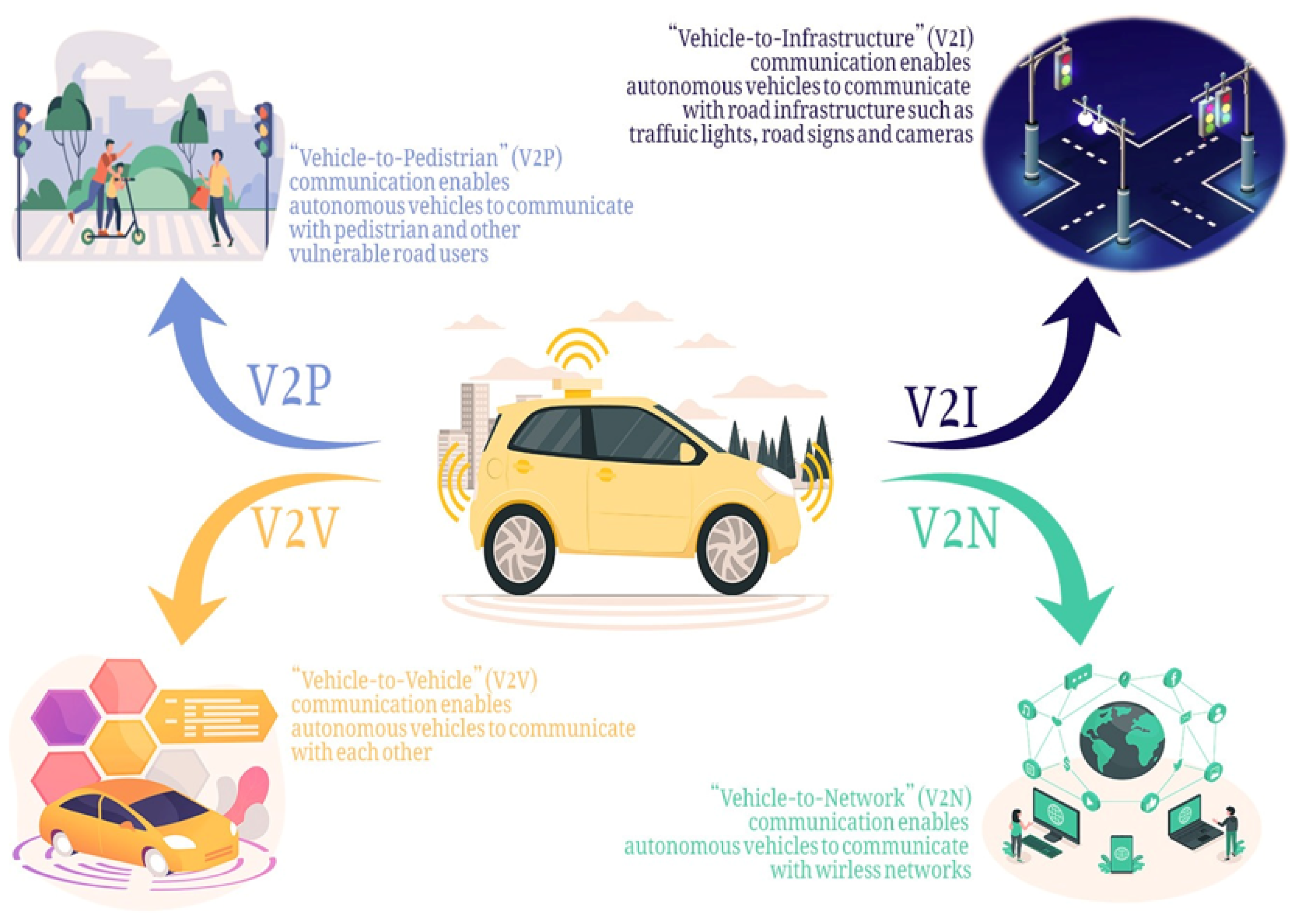- Published on
The Road to Self-Driving Cars Navigating the Future of Autonomous Vehicles
- Authors

- Name
- Adil ABBADI
Introduction
Imagine a world where vehicles drive themselves, effortlessly navigating through traffic, construction, and inclement weather conditions, all while ensuring the safety of passengers and pedestrians alike. This is the promise of autonomous vehicles, a technology that has been gaining momentum over the past decade. In this article, we'll delve into the current state of autonomous vehicles, the technical challenges they face, and the potential benefits they offer.

- Understanding Autonomous Vehicles
- Technical Challenges
- Benefits of Autonomous Vehicles
- The Future of Autonomous Vehicles
- Conclusion
- Next Steps
Understanding Autonomous Vehicles
Autonomous vehicles, also known as self-driving cars, are vehicles that can operate without human input. They use a combination of sensors, cameras, and artificial intelligence (AI) to navigate roads, detect obstacles, and make decisions in real-time. There are six levels of autonomy, ranging from Level 0 (no automation) to Level 5 (full autonomy).
# Example of Python code used in an autonomous vehicle's decision-making process
import numpy as np
def detect_obstacle(sensor_data):
# Use sensor data to detect obstacles
if sensor_data > 50:
return True
else:
return False
Technical Challenges
While autonomous vehicles have made significant progress, there are still several technical challenges to overcome. One of the main challenges is ensuring the reliability and accuracy of sensor data, which is critical for making informed decisions.

Another challenge is developing AI algorithms that can handle complex scenarios, such as construction zones, pedestrian crossings, and unexpected events like a pedestrian stepping into the road.
// Example of C++ code used in an autonomous vehicle's AI algorithm
void handle_pedestrian-crossing(DetectionOutput detection) {
if (detection.confidence > 0.8) {
apply_brakes();
} else {
continue_forward();
}
}
Benefits of Autonomous Vehicles
The benefits of autonomous vehicles are numerous. They have the potential to:
- Reduce accidents: Autonomous vehicles can react faster and more accurately than human drivers, reducing the likelihood of accidents.
- Improve mobility: Autonomous vehicles can provide transportation for the elderly and disabled, increasing their independence and quality of life.
- Increase productivity: With the ability to work or relax during their commute, people can be more productive and have more free time.

The Future of Autonomous Vehicles
As autonomous vehicles continue to evolve, we can expect to see them become increasingly integrated into our daily lives. From ride-sharing services to personal transportation, autonomous vehicles have the potential to revolutionize the way we travel.
# Example of Python code used in an autonomous ride-sharing service
import requests
def request_ride(origin, destination):
response = requests.get('https://api.autonomous-rides.com/rides', params={'origin': origin, 'destination': destination})
return response.json()
Conclusion
Autonomous vehicles are poised to transform the transportation industry, offering a safer, more efficient, and more convenient way to travel. While there are still technical challenges to overcome, the benefits of autonomous vehicles make them an exciting and promising technology for the future.
Next Steps
As autonomous vehicles continue to evolve, it's essential to stay informed about the latest developments and advancements. Stay tuned for further updates and insights into the world of autonomous vehicles.
Remember, the road to self-driving cars is paved with innovation, and the future is bright!
